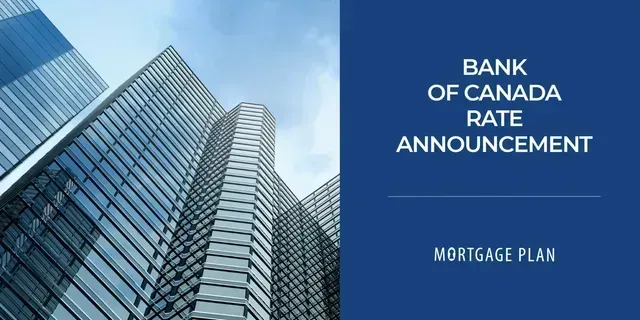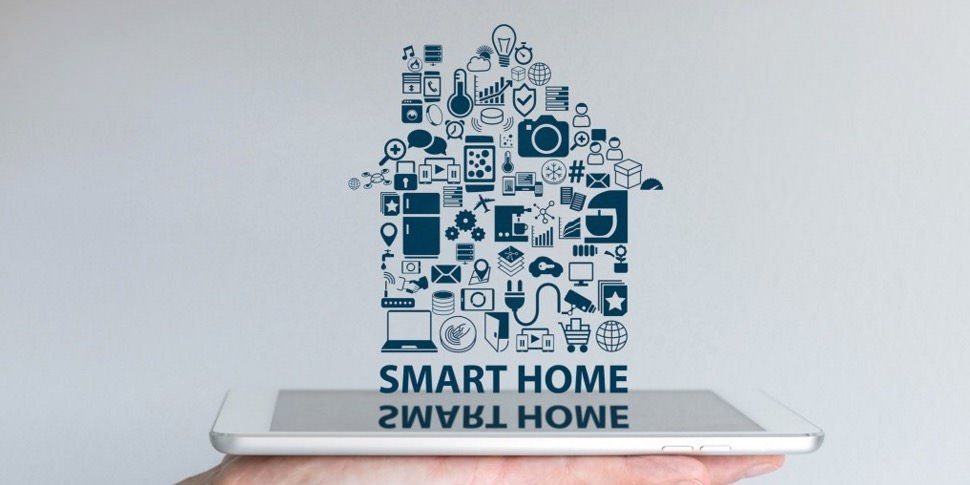Questions and Answers | Smart Home Series
Welcome to the third and final post in a series about smart homes and technology. In case you want to start at the beginning, you can find the introduction here
, while we went room to room in the second post.
Now, this post WAS going to focus on new gadgets, fresh off the innovation press, and ready to be installed into any and all smart homes. However, we’ve decided against this topic for a couple of reasons: Firstly, we understand that for the vast majority of people, smart home technology is still a new entity filled with unexplored nooks and crannies. Because of this, the idea of showcasing new gadgets, released in the first part of 2016, seemed somewhat redundant (mainly because everything is new). And while we understand that there remains a niche group that would (and does) enjoy this sort of technological update, in thinking about the general populous, we decided to go in a different direction. Secondly, we understand that any list we could put together couldn’t and wouldn’t hold a candle to some of the intensive lists that already dot the internet landscape. Our offering would be a mere pittance in comparison. So instead we decided to include a link below. But consider this your fair warning, if you click the image below and take a journey over to thegadgetflow.com you might not ever come back. You thought Facebook was bad for rabbit trails, nope… the gadgetflow will have you back here looking to refinance your mortgage to make some of these wild smart home upgrades. You have been warned.  Are you still here? Okay good! So, this post will be for you: the homeowner (or the future homeowner). The goal is to lead you through some of the decision making processes when it comes to smart home technology. *“Is now the time to jump in with both feet?” *“If so, how much should I invest?” *“What are the ‘must haves’ versus that which can wait?” These are the questions that we want to entertain for the next few minutes.
Are you still here? Okay good! So, this post will be for you: the homeowner (or the future homeowner). The goal is to lead you through some of the decision making processes when it comes to smart home technology. *“Is now the time to jump in with both feet?” *“If so, how much should I invest?” *“What are the ‘must haves’ versus that which can wait?” These are the questions that we want to entertain for the next few minutes.
“Is NOW the time to jump in with both feet?”
 Five years ago, we would have had a different answer for you as it relates to upgrading your home with smart technology; a more tentative response. Why? Common sense dictates that you wait for the market to catch up to the technology. The first few buyers will, without fail, pay more than the masses who choose to wait and buy at a later date. Additionally, it’s prudent to wait in order to make sure the technology is failsafe. But with the recent advancements in smart home technology, it would seem as though now is as good a time as any with which to “buy in”. And while the technology is still quite new, it isn’t hot off the press, and so the price point in 2016, while high, is not as high as it has been. In other words, the water’s warm; it’s safe to jump in… as long as you’re OK getting wet.
Five years ago, we would have had a different answer for you as it relates to upgrading your home with smart technology; a more tentative response. Why? Common sense dictates that you wait for the market to catch up to the technology. The first few buyers will, without fail, pay more than the masses who choose to wait and buy at a later date. Additionally, it’s prudent to wait in order to make sure the technology is failsafe. But with the recent advancements in smart home technology, it would seem as though now is as good a time as any with which to “buy in”. And while the technology is still quite new, it isn’t hot off the press, and so the price point in 2016, while high, is not as high as it has been. In other words, the water’s warm; it’s safe to jump in… as long as you’re OK getting wet.
“How much should I invest?”
 This question is completely dependent on the individual. Smart home “starter packs” can be as inexpensive as a few hundred dollars, while other (wealthy) individuals opt for the complete home renovation package; top to bottom hardwired changes. The former certainly won’t break the bank, and the latter will cost anywhere from a few thousand dollars to infinity (and beyond). As is with anything, understand where you sit financially, understand where your greatest need lies, and spend your money accordingly.
This question is completely dependent on the individual. Smart home “starter packs” can be as inexpensive as a few hundred dollars, while other (wealthy) individuals opt for the complete home renovation package; top to bottom hardwired changes. The former certainly won’t break the bank, and the latter will cost anywhere from a few thousand dollars to infinity (and beyond). As is with anything, understand where you sit financially, understand where your greatest need lies, and spend your money accordingly.
“What are the ‘Must Haves’?”
 Home automation technology can be broken down into two sub groups. The first sub-group is safety & security and the second sub-group is leisure (now, obviously there’s a large gray area for lots of products that fit both of these sub-groups, however…) We suggest starting with safety & security. Invest in keeping your family safe. Upgrade your locks and outdoor sensors. Upgrade your garage door opener and security system features. Upgrade your lighting system and appliances. Resist the urge to live in constant fear of the outside world, but be prepared. Start at this point and move out from there. There will be plenty of time for leisure after your family is well taken care of. This series has only just begun to uncover the vast world of smart home technology. It’s a huge field with lots of growth potential and unlimited appeal. We hope you’ve gained a certain appreciation for this type of technology, and we hope you’ve had some fun doing it, as well. And, as is always the case, for any and all of your mortgage needs, contact us anytime, we’re here to help.
Home automation technology can be broken down into two sub groups. The first sub-group is safety & security and the second sub-group is leisure (now, obviously there’s a large gray area for lots of products that fit both of these sub-groups, however…) We suggest starting with safety & security. Invest in keeping your family safe. Upgrade your locks and outdoor sensors. Upgrade your garage door opener and security system features. Upgrade your lighting system and appliances. Resist the urge to live in constant fear of the outside world, but be prepared. Start at this point and move out from there. There will be plenty of time for leisure after your family is well taken care of. This series has only just begun to uncover the vast world of smart home technology. It’s a huge field with lots of growth potential and unlimited appeal. We hope you’ve gained a certain appreciation for this type of technology, and we hope you’ve had some fun doing it, as well. And, as is always the case, for any and all of your mortgage needs, contact us anytime, we’re here to help.
Share
RECENT POSTS





